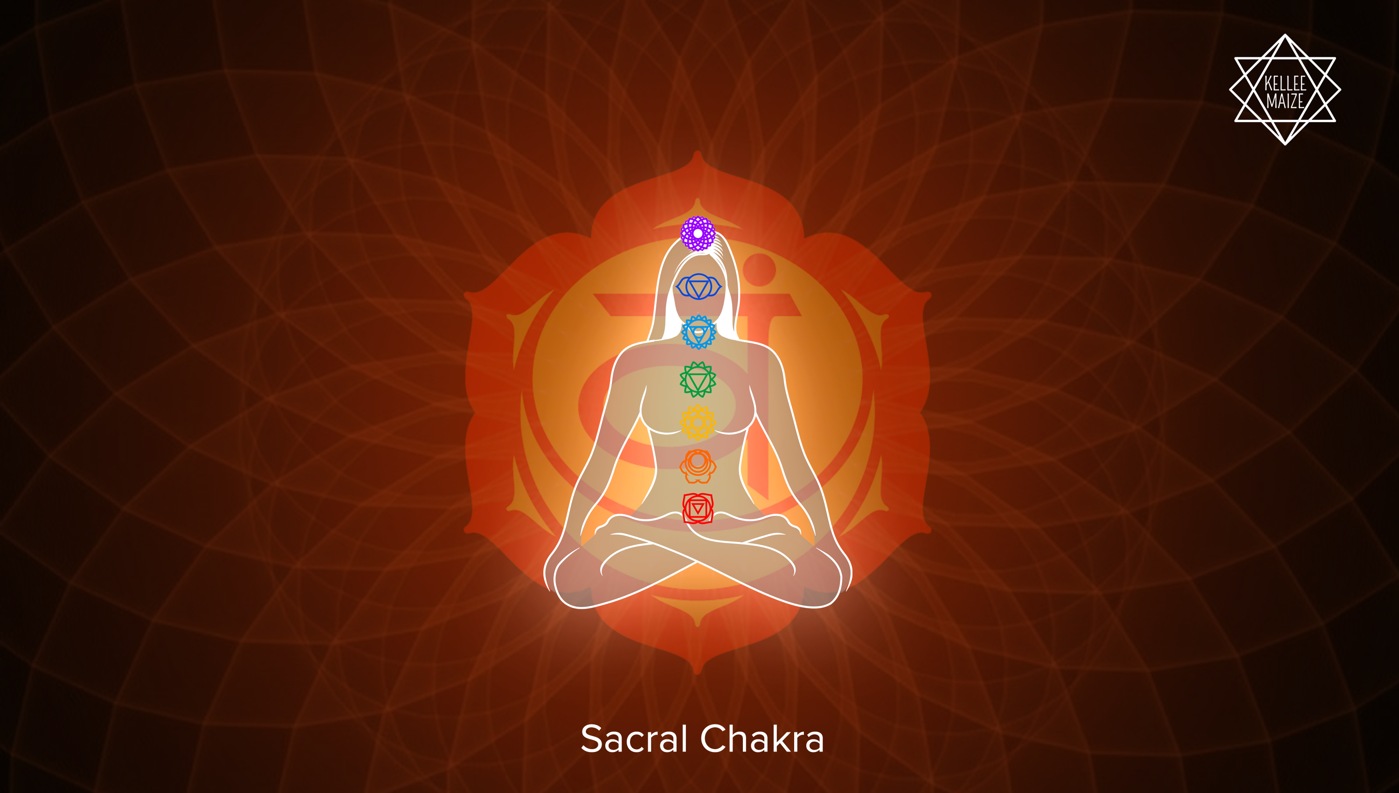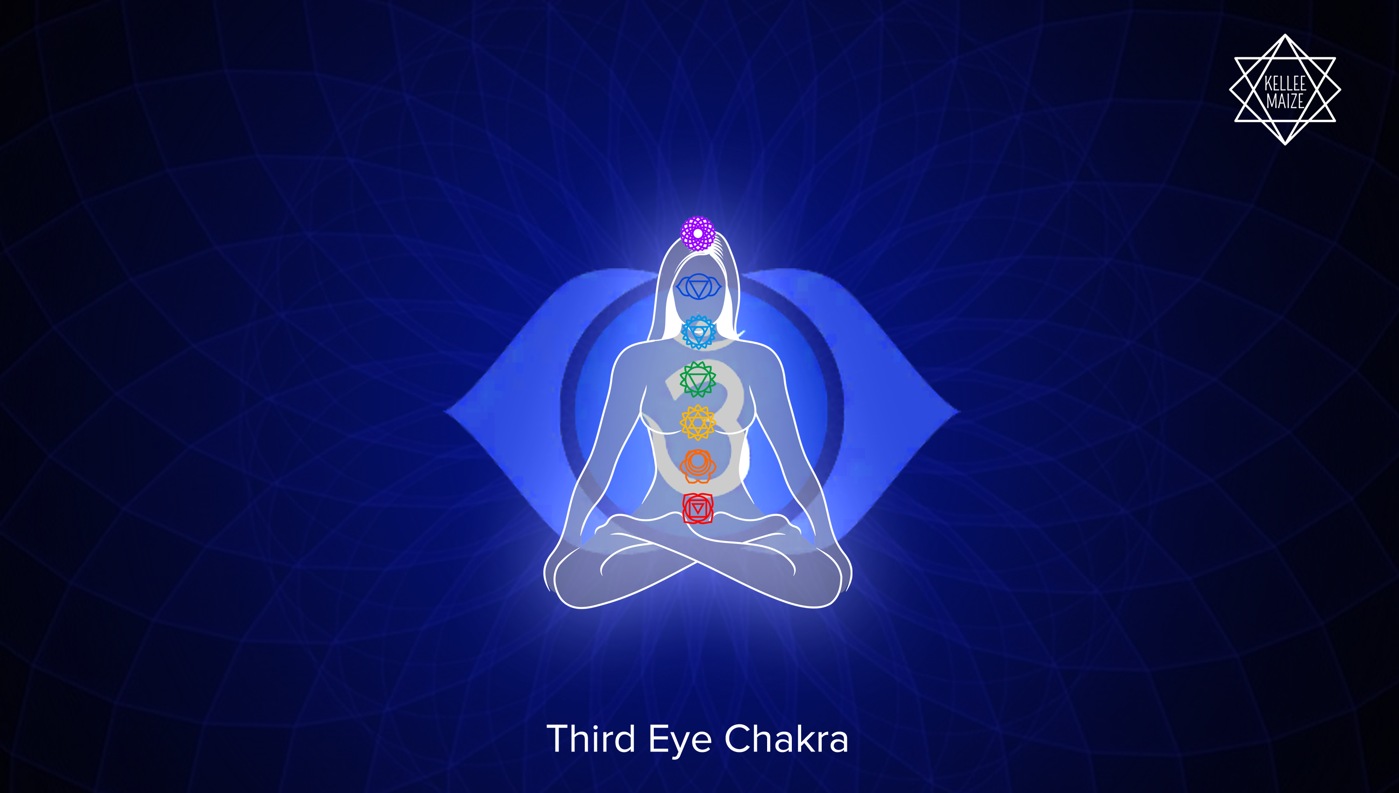
Chakras are an ancient concept, but paralleling chakral function with bodily functions shows that the associations between these centers and the physical body are very strong. If you have ever wondered if there are more concrete ways to view chakras, stay tuned for a lesson on how anatomy and chakras align.

The root chakra is the first of the seven chakras.
Location: base of spine
Associated body areas: perineum, first three vertebrae, pelvic plexus
Characteristics: security, support, physicality
The perineum is the area between the anus and vulva or anus and scrotum. This means the root chakra is closely associated with the genital area. This has many implications regarding life, childbirth, and sexuality.
The first three vertebrae are the base of the spinal cord and are therefore essential to foundation and support.
Most importantly, the pelvic plexus is a cluster of neurons that control the visceral tissues responsible for eliminative and sexual function.
The root chakra is essentially referring to this general area of the body that has a neural center and supporting vertebrae. This explains why the root chakra is accredited with being a center for the physical body.
Advice to open up a blocked root chakra often involves engaging with the earth through activities like hiking, gardening, and eating healthy. These behaviors would help this part of the body by improving digestion, strengthening the core, and energizing your mind.

The sacral chakra is located right above the root chakra.
Location: pelvic area
Associated body areas: kidney, bladder, reproductive system, genitals
Characteristics: emotions, sexuality, creativity, fantasies
The kidneys and bladder both function in water retention. The kidneys are also closely related to the adrenal glands, which are responsible for stress and sexual hormones.
The sacral chakra is closely related to emotions and independence because the adrenal glands control feelings of anxiety that can limit your decisions and emotions. Controlling your water intake and stimulating that area can help regulate your stress and sexual hormones. This will improve your emotional, sexual, and mental life.

The solar plexus chakra is the third of the chakras.
Location: between the navel and solar plexus
Associated body areas: digestive system, pancreas, liver, intestines, lungs, stomach
Characteristics: responsibility, beliefs, confidence, discipline
The solar plexus is largely associated with the digestive tract and associated organs. The gut-brain connection is a largely supported idea that the brain and gut frequently communicate. Issues with either can manifest in the other.
The gut is often considered a second brain due to the number of neurons and communication with the brain. The solar plexus chakra affects mental function because problems in the gut area directly affect the brain.
A solar plexus imbalance is just another way of saying that your gut health may be compromised and affecting your emotional and mental wellbeing.

The heart chakra is one of the upper chakras.
Location: center of the chest at heart level
Associated body areas: heart, circulatory system, lungs
Characteristics: love, compassion, transformation
The heart chakra is self-explanatory. The heart is often associated with emotions and relationships, so keeping your heart chakra open is the equivalent of keeping your heart open to forgiveness, love, and change.
Good heart health additionally increases energy, making you more open to important experiences in your life. The general trend with chakras is that physical health can often influence mental and emotional health as well.

The throat chakra is appropriately responsible for communication and expression.
Location: neck and shoulder region
Associated body areas: thyroid, esophagus, upper vertebrae
Characteristics: expression, communication, connection
The throat is an important part of verbal communication. People who have an imbalanced throat chakra may be quiet and therefore have difficulty asserting themselves. The thyroid is also important for hormones that can affect mood, so problems with this gland can create issues in many parts of your life.
The combination of verbal expression and hormone control near this area makes the throat chakra an important chakra for how you project yourself and deal with emotion. Taking care of your throat chakra means having a balance of good communication and being in a good mental and emotional state.

The third eye chakra is perhaps one of the most metaphysical chakras.
Location: between the eyebrows
Associated body areas: eye, pineal gland, brain, pituitary gland, ears
Characteristics: vision, intuition, wisdom, illumination
The third eye has both physical and metaphysical implications. The eye helps translate physical images into something that can be mentally processed.
The pineal gland is responsible for sleep and wake cycles. This gland is responsible for bodily functions, especially awareness.
The brain is obviously important because it processes all physical stimuli. The pituitary gland is sometimes considered the master gland that controls hormones.
When the third eye chakra is imbalanced, there are issues with processing stimuli and emotions. This can be due to physical impediments or because of harmful thought processes that affect hormones and emotions.

Much like the third eye chakra, the crown chakra is important for perception and translation.
Location: crown of head
Associated body areas: nervous system, pituitary gland, pineal gland
Characteristics: consciousness, awareness
The pituitary gland, pineal gland, and nervous system are all integral parts of a fully functional body. If someone has an imbalance in hormones, it can affect how they perceive and react to their surroundings.
Imbalanced crown chakras due to gland dysfunction need to be fixed because perception of surroundings and consciousness are essential to daily function.
The chakras are all located in areas that are important for regular function. While chakras seem abstract, they align with bodily functions that are important and easily influenced through outside behaviors. Knowing why chakras control certain things can help you in your journey to healing.